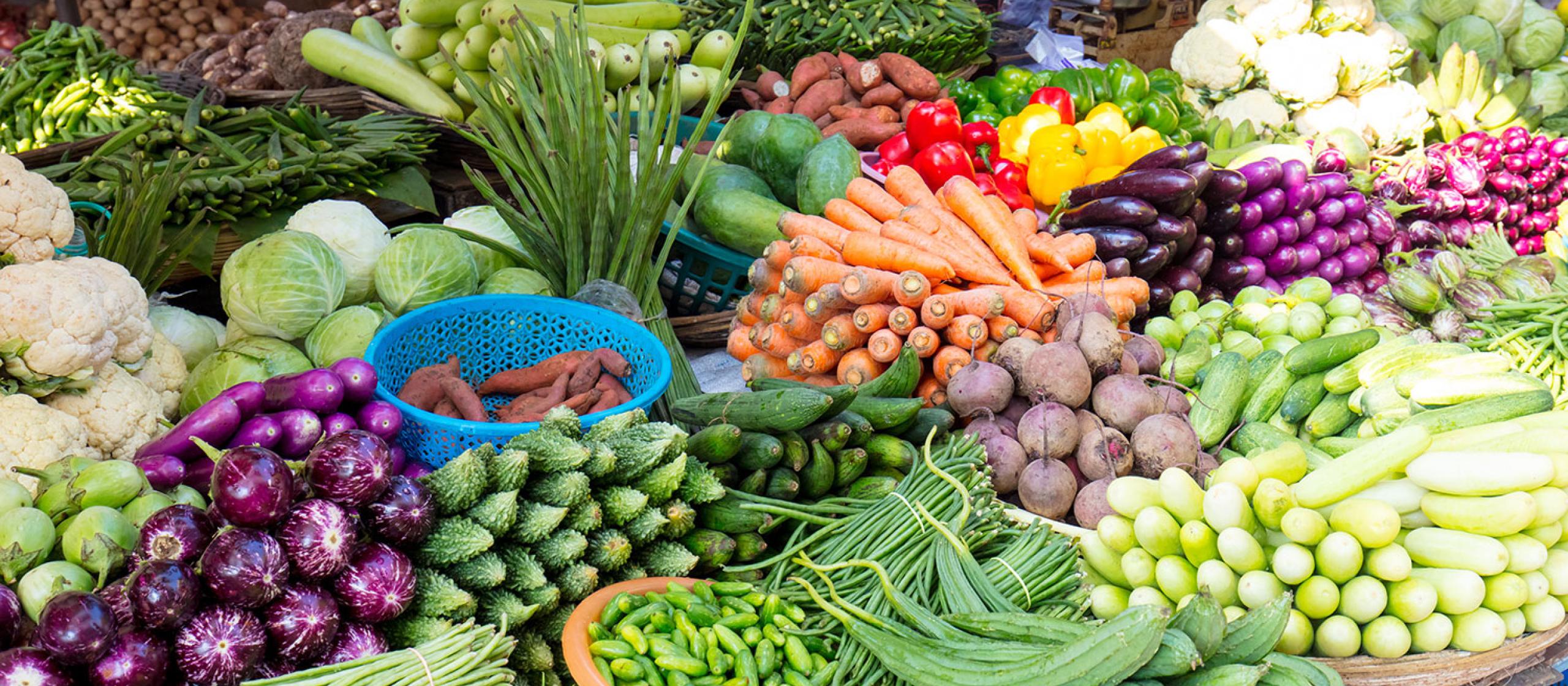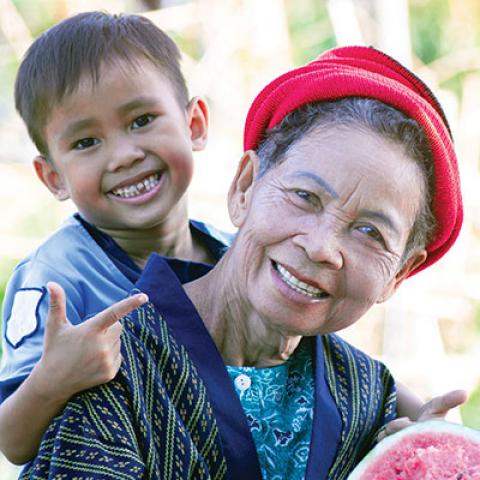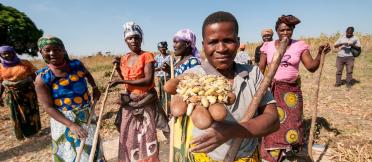- HomeHome
-
About ACIAR
- Our work
- Our people
-
Corporate information
- ACIAR Audit Committee
- Commission for International Agricultural Research
- Policy Advisory Council
- Agency reviews
- Executive remuneration disclosure
- Freedom of information (FOI)
- Gifts and benefits register
- Information publication scheme
- List of new agency files
- Contracts
- Legal services expenditure
- Privacy impact assessment register
- Commonwealth Child Safe Framework
- Benefits to Australia
- Careers
- 40 years of ACIAR
-
What we do
- Programs
- Cross-cutting areas
- Resources
- Where we work
-
Funding
- Research projects
- Fellowships
-
Scholarships
- John Allwright FellowshipScholarships to study in Australia for ACIAR partner country scientists to have Australian postgraduate qualifications
- ACIAR Pacific Agriculture Scholarships and Support and Climate Resilience Program
- Alumni Research Support Facility
- Publications
- News and Outreach
Date released
01 July 2021
By Jessica E Raneri, Senior Nutrition-Sensitive Agriculture Advisor, ACIAR and the Agricultural Development and Food Security Section, Department of Foreign Affairs and Trade
For a long time, agricultural research has focused on increasing yields of commodity staple crops—such as rice and wheat—that are often energy rich but micronutrient poor. This has contributed to there now being more than enough food produced globally to feed everyone. Yet, more than 690 million people still go hungry, more than 150 million children are stunted by malnutrition and there are nearly 60 million more undernourished people now than there were in 2014.
These statistics indicate there’s still something wrong with how we have been addressing global hunger and nutrition. We don’t just need more food. We need more nutritious and affordable food that is readily accessible and eaten by everyone, especially the most vulnerable.
Agriculture and nutrition
Thankfully, the past decade has seen a paradigm shift to recognising that nutrition can—and must—fit within the scope of agriculture.
Agriculture can improve nutrition because it is a source of food and income, and it can be used to empower women who are central to supporting the health of their families. Agriculture is the most direct way to improve food security and nutrition of the rural poor.
Addressing nutrition challenges via agricultural research and interventions or ‘nutrition-sensitive agriculture’ moves beyond a sole focus of simply ensuring there is sufficient food produced to fill empty bellies, towards opportunities for agriculture to nourish growing bodies.
Nutrition-sensitive agricultural research means finding opportunities through agriculture to improve the availability of, access to and utilisation of nutritious foods.
ACIAR and nutrition
Globally, one in five deaths is associated with poor diet quality, characterised in part by insufficient consumption of whole grains, fruit, vegetables, nuts, seeds, dairy and legumes.
ACIAR has a nearly 40-year history of investing in agricultural research that targets those foods. Largely, ACIAR projects have focused on improving the availability of these foods through a range of interventions. This includes developing more resilient higher-yielding varieties, biofortifying crops to increase micronutrient availability, improving food safety and diversifying production systems.
For example, ACIAR supports the production and consumption of leafy vegetables by Pacific island communities. It also researches the production and consumption of nutritious legumes—including in Africa by developing and promoting precooked beans, and through mungbean research that targets more productive varieties. Plus, it has a range of fish projects that aim to improve nutrition and livelihoods.
However, while ACIAR has invested in research that could be expected to have nutritional benefits, in the past nutrition has not been an explicit or primary part of ACIAR’s strategies. To date, it has not yet conducted impact assessments to determine changes in nutrition outcomes and its projects have not often had measurable nutritional targets.
That is now changing, with ACIAR developing impact assessments of nutrition-sensitive investments.
Setting nutrition targets
Recent reviews of the impact of agriculture on nutrition have shown that increasing productivity does not always lead to the increased consumption of healthier foods.
To improve nutritional outcomes—or make sure people have better diets—projects need to have clearly defined pathways that target nutrition from their conception. Doing so ensures that nutrition is embedded into key aspects of project implementation that support consumption of healthier foods that arise from agricultural research.
ACIAR is now encouraging its research programs and projects to take a nutrition-sensitive approach to the design of its projects. ACIAR wants its research partners to think beyond increasing the availability of foods and extend this to improved accessibility and utilisation of these foods for better nutrition as well.
It wants them to consider including more nutritious species and varieties in their research—for example beta carotene-rich sweetpotato. Moreover, it wants them to create incentives for households to spend income generated by livelihood-focused projects on more nutritious foods by shifting consumer demand towards better diets.
ACIAR is also supporting a consumer-demand-oriented approach to improve nutrition. It wants to identify local food and nutrition security gaps, and in particular what the dietary gaps are. This should reveal where, across the food production system, innovation and research solutions can help to improve the availability, accessibility, consumption and sustainability of nutritious foods.
At the same time, ACIAR is improving the understanding and application of nutrition-sensitive agriculture among research program managers and project leaders. This is helping to ensure projects are designed with consideration of how to improve nutrition from the start.
Through these initiatives, it is targeting the consumption of more, and a more diverse range of, nutritious and safe foods that meet the nutritional needs of smallholder farmers in low-income countries.
Fruit and vegetables
Put simply, central to the issue of nutrition is the consumption of more fruit and vegetables because they are exceptionally nutritious and provide multiple health benefits.
Even simple research projects can make a difference. For example, ACIAR supports a project in Bougainville with cocoa growers. It wanted to see if the growers would eat a more nutritious diet if they grew vegetables as a companion crop in their cocoa blocks.
The project trains extension officers in vegetable production and provides cocoa growers with vegetable seeds. As a result, not only do the growers eat a greater diversity of vegetables—which they now grow themselves—but their vegetable production provides additional income because they sell the produce that they don’t consume at home.
It’s only by thinking about, and planning for, the inclusion of nutritional targets in research—like in the Bougainville cocoa grower example—that ACIAR can see if research helps improves people’s diets.
Key points
- Increasing food production alone is not enough to ensure people get access to and consume more nutritious food.
- Improving people’s diets is central to ACIAR’s nutrition-sensitive approach to agricultural research.






